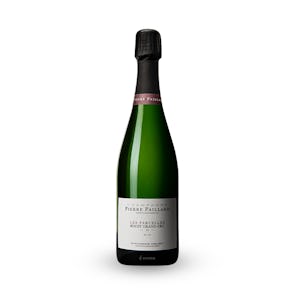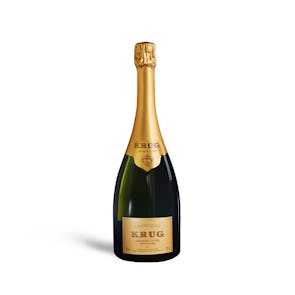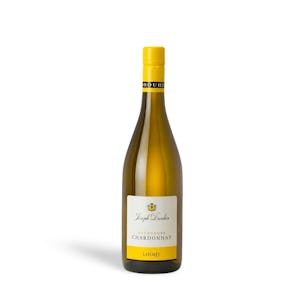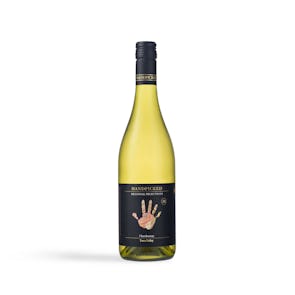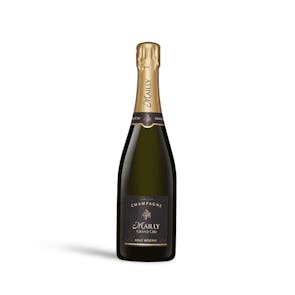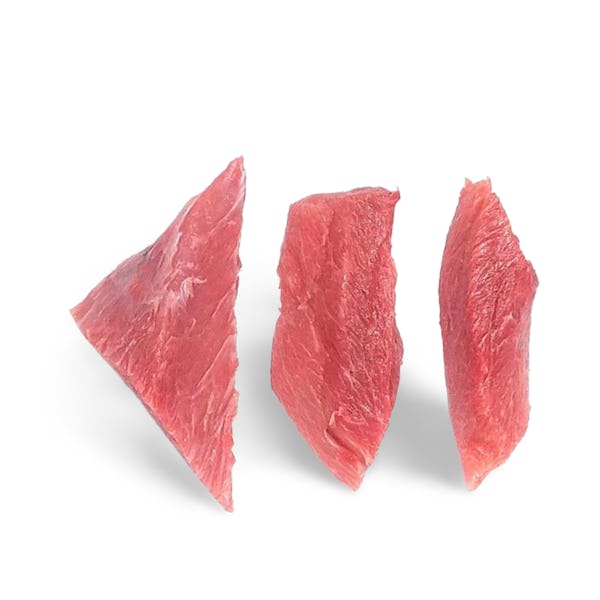
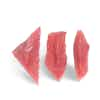
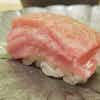
Hon-Maguro Kamatoro from Japan (Bluefin Tuna Collar)
No part left behind
TASTING NOTES FROM THE CURATOR
The Kamatoro comes from the gill flesh or the collar of the bluefin tuna. It’s the fattiest part of the gill flesh, and looks like marbled beef. It’s a rare piece, and is very soft and creamy. It has a wonderful melt-in-your-mouth quality, and umami taste.
PREPARATION AND PAIRINGS
This piece of Hon-Maguro Kamatoro is not sashimi-grade, and therefore, should be cooked thoroughly. it’s great for barbecues, stews, and even shabu-shabu. Enjoy it with some sake, or even a Chardonnay or a Pinot Grigio.
FROM TRASH TO TREASURE
Around 300 years ago, during Japan’s Edo period, sushi was quickly becoming the choice of fast food amongst the Japanese people. Even then, toro would be tossed away as trash or useless. This was because, at the time, tuna was caught in present-day Nagasaki and Miyagi, which were far from Edo. Once it got to Edo (present-day Tokyo), the tuna would have lost much of its freshness, especially the fatty parts, and was therefore undesirable. In fact, the only useful part of the tuna then was the akami, which was lean.
But with time, refrigeration, transportation, and preservation technologies progressed, and tuna became a proper industry. This was in the 1960s, a time when the Japanese people’s diet changed drastically, consuming more food with high-fat content. This catapulted toro into the worldwide stardom it enjoys now.
Storage Instructions
Arrives frozen. Keep in the freezer; it will stay at its best for three weeks. Once thawed, it must be consumed within 48 hours.


